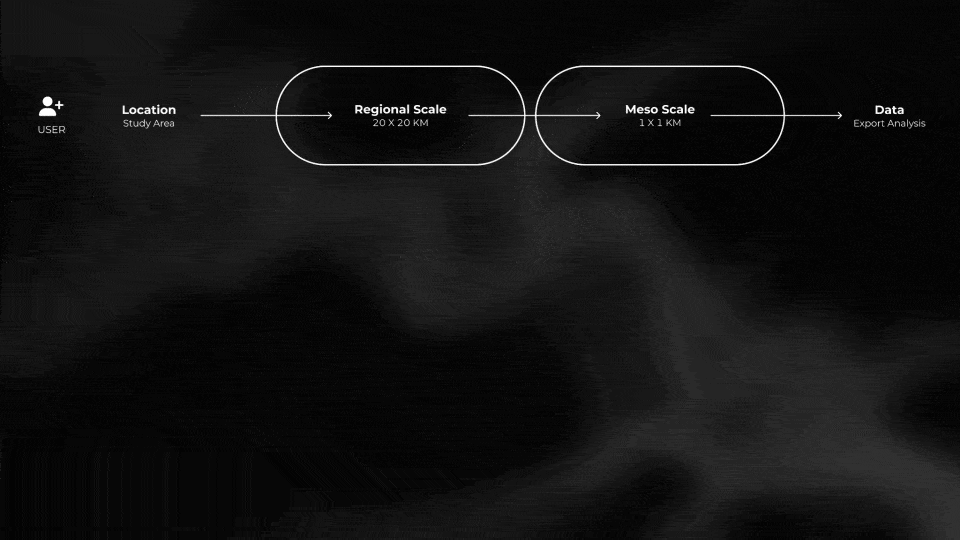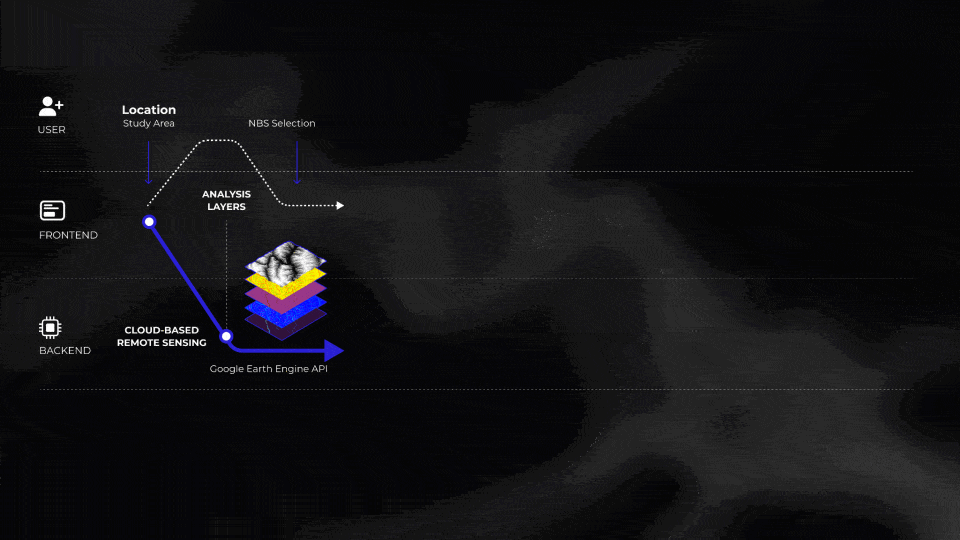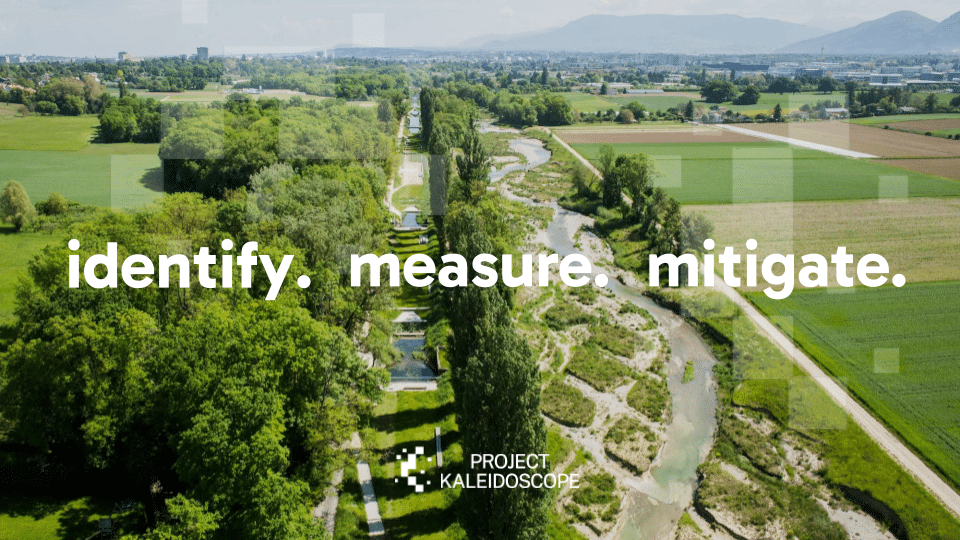Cloud Based Remote Sensing, Optimization and Agent Based Simulation
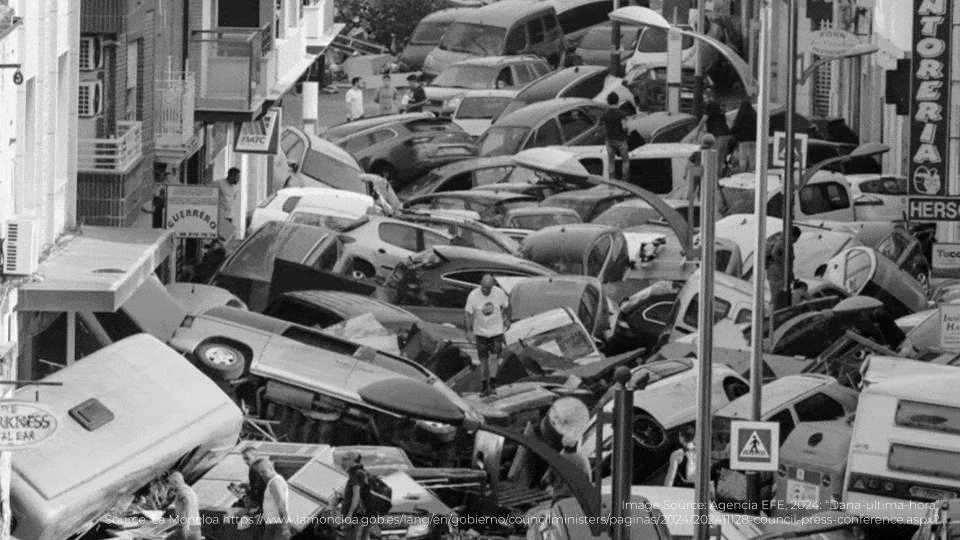
Floods that were once rare are now happening more often. In Valencia, Spain, a flood expected only once every 500 to 1,000 years has happened three times in the last few decades, with the most recent in October 2024 killing over 230 people and causing €16 billion in damage. In China, heavy rains and storms have caused severe flooding across provinces like Guangxi, Hunan, and Guangdong, displacing millions and breaking rainfall records. Even northern China is now preparing for more floods. These disasters show that the climate is changing fast, events we thought were rare are becoming more common, and we need to be ready for a new reality.
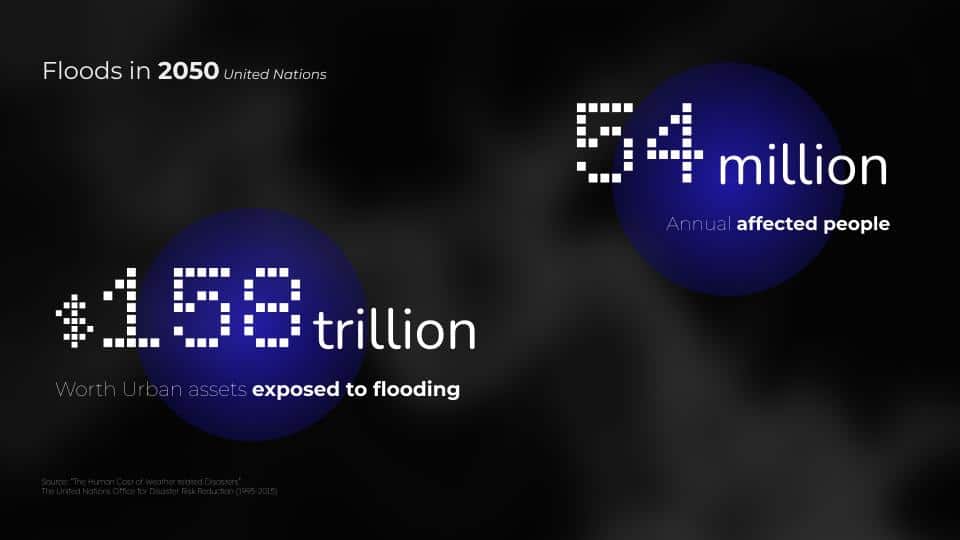
By 2050, floods are projected to impact 54 million people annually and put over $158 trillion worth of urban assets at risk. This staggering exposure highlights the urgent need for adaptive infrastructure, nature-based solutions, and global cooperation to protect both lives and economies.
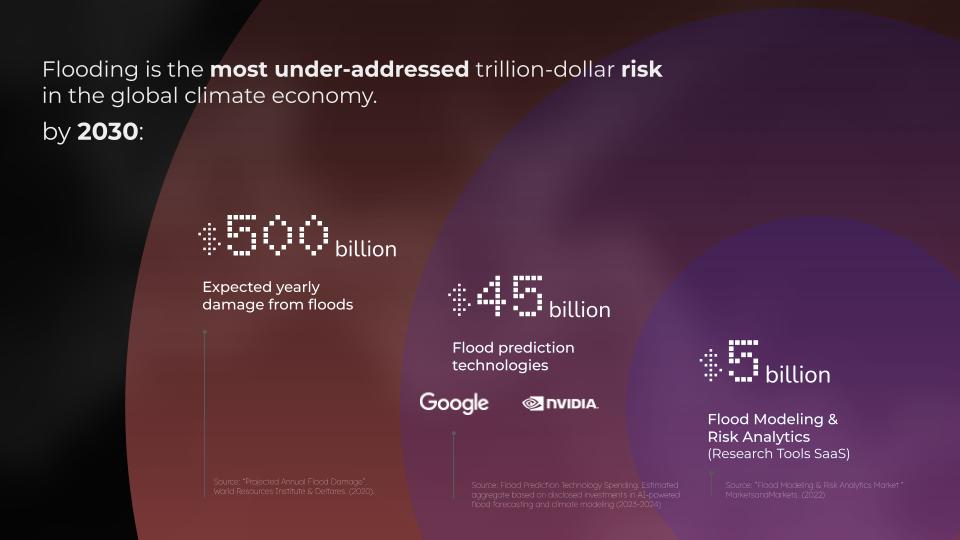
Flooding is a trillion-dollar threat to the global economy, with $500 billion in yearly damages expected by 2030, yet the world spends less than 1% of that on solutions.
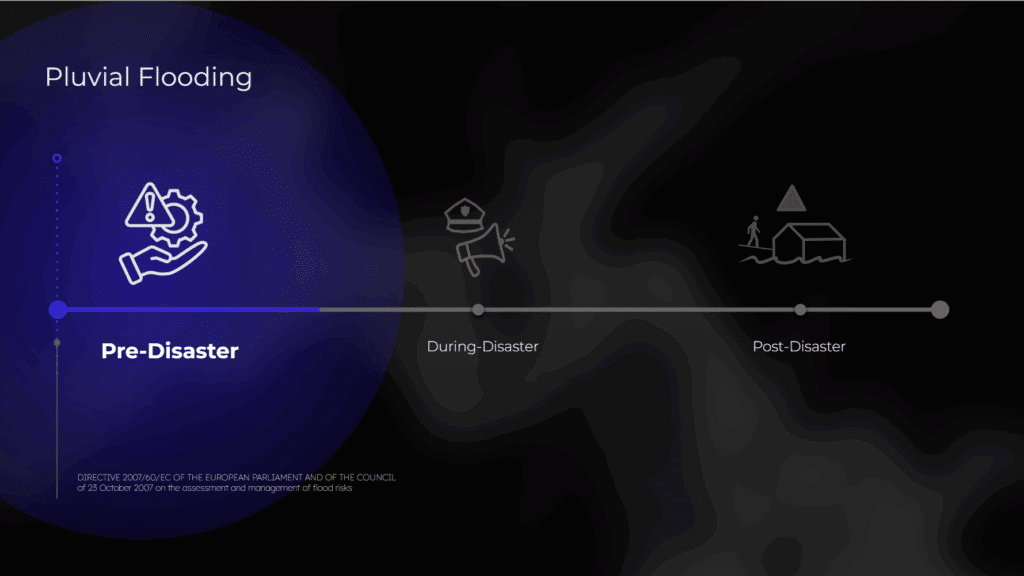
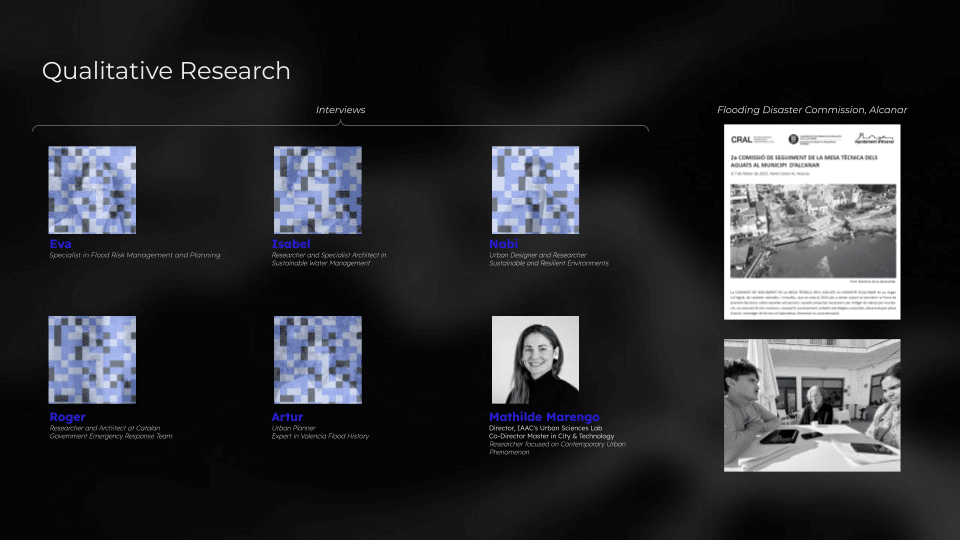
As architects, engineers, and urban planners, we knew we needed deeper insight to design better solutions. That’s why we spoke with experts and researchers working on flood risk, water management, and urban resilience. We also joined the Flooding Disaster Commission in Alcanar to understand real challenges faced on the ground. This helped us shape ideas that are not only technical but also grounded in local realities.
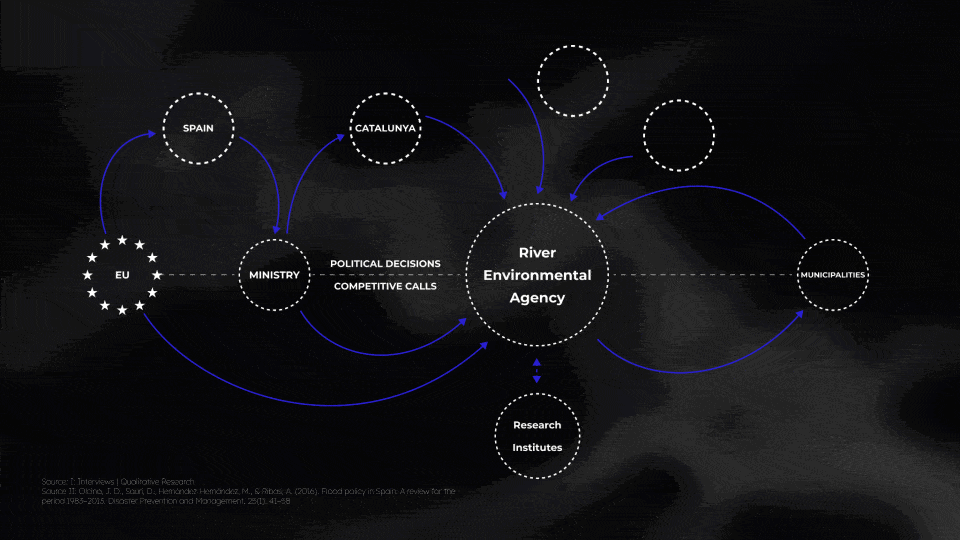
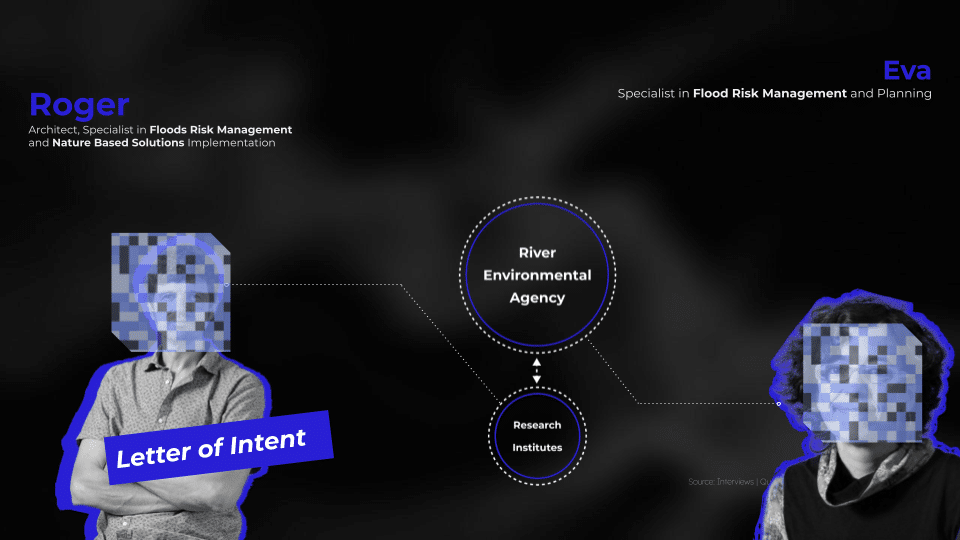
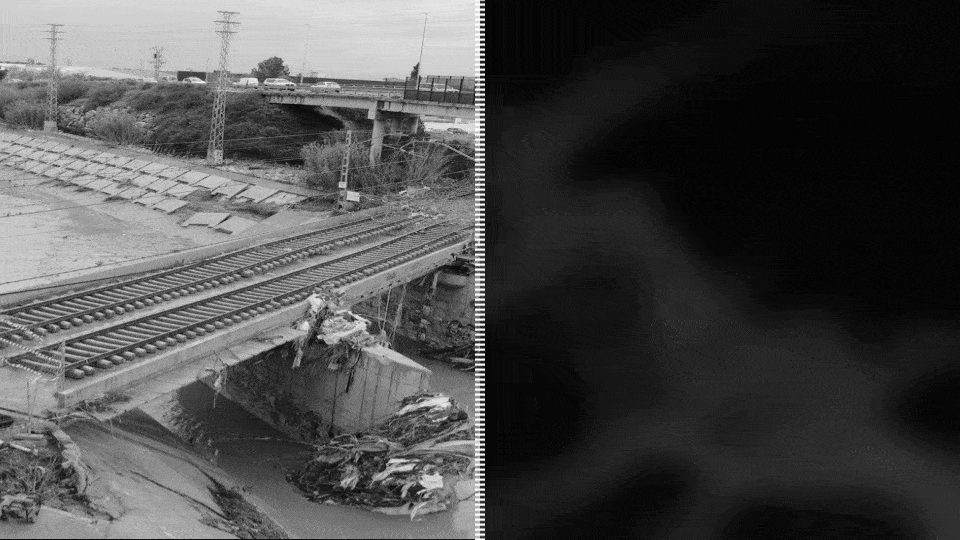
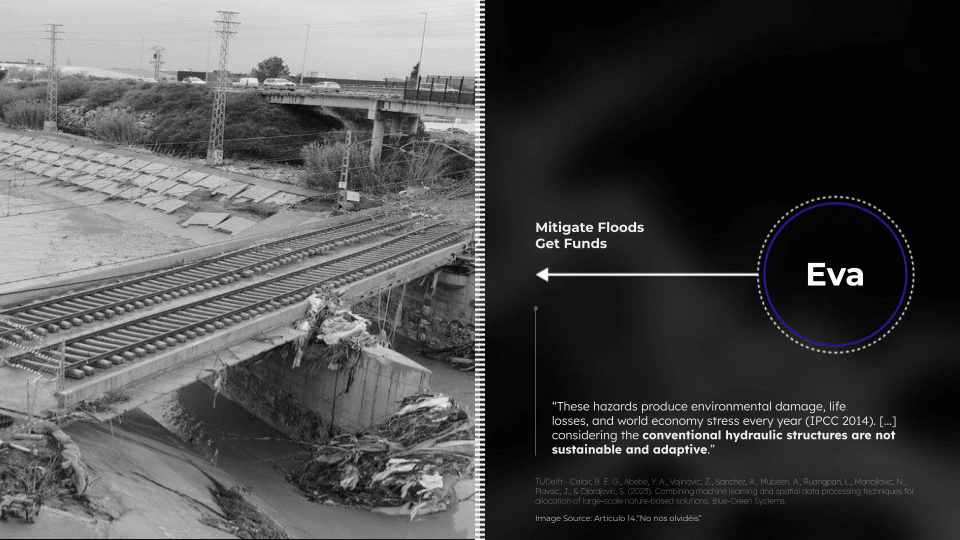
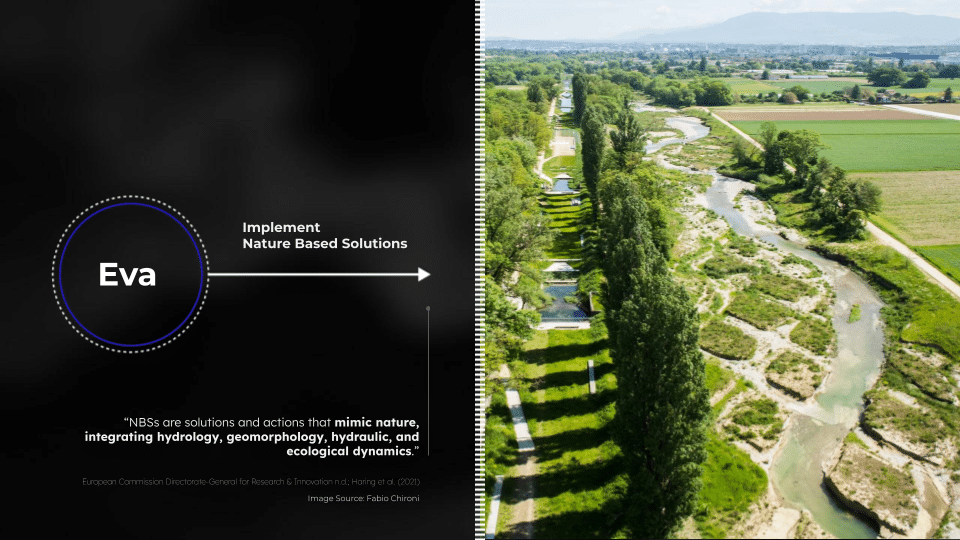
Traditional flood infrastructure is no longer enough, it’s rigid, environmentally damaging, and unable to adapt to changing climate patterns. Nature-Based Solutions (NBS) offer a more resilient alternative by mimicking natural systems. They integrate hydrology, geomorphology, and ecological dynamics to manage floods more sustainably while restoring river health and surrounding landscapes.
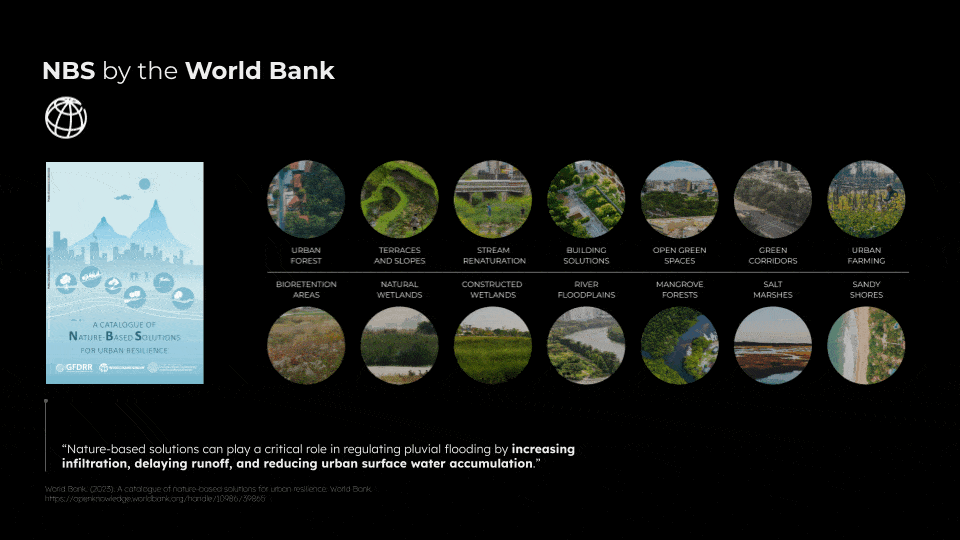
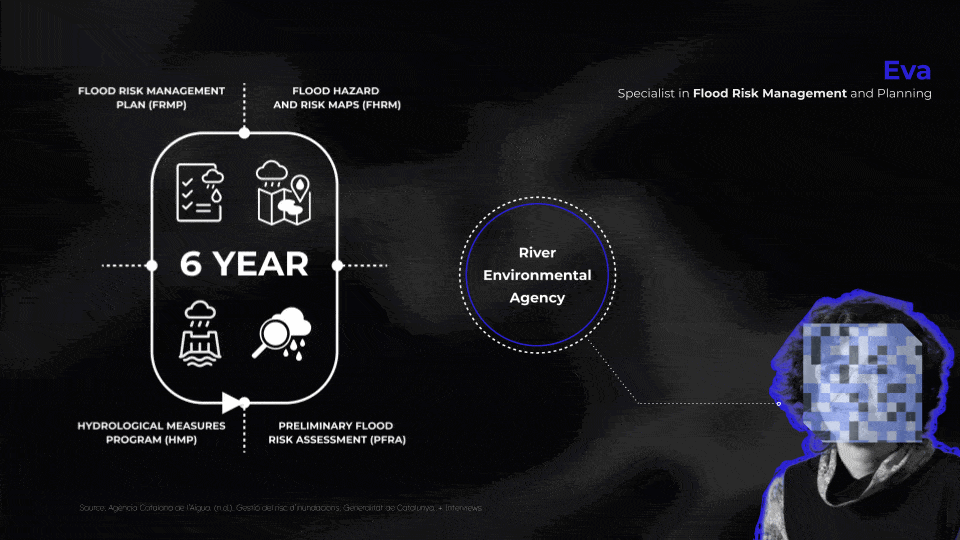
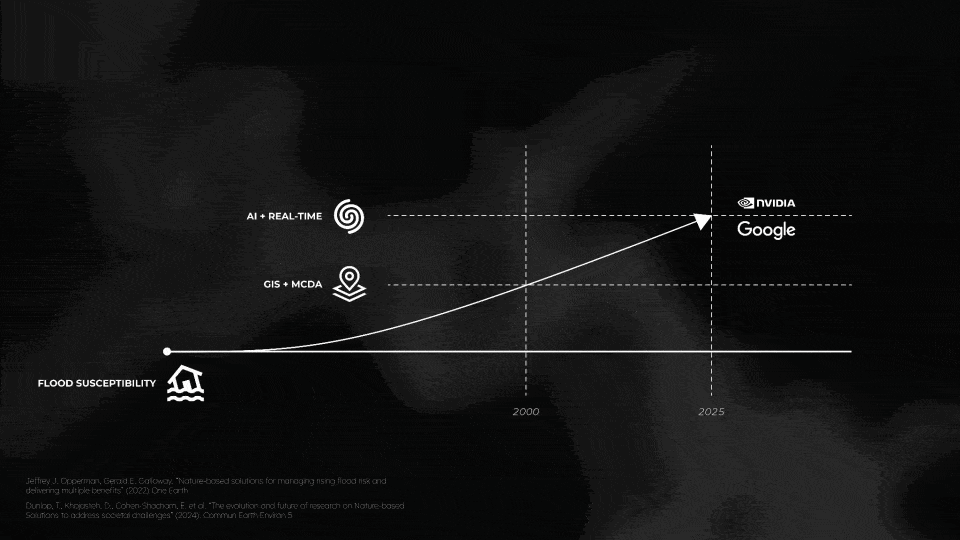
Flood susceptibility has been tracked for decades. While Google and NVIDIA are now leveraging AI for real-time flood prediction, and the World Bank is beginning to support GIS + MCDA for planning Nature-Based Solutions (NBS), many local planners and experts are still stuck in a 6-year loop, repeating the same manual assessments, often without updated tools or validation. Our idea is to break this cycle by offering an AI-powered platform that improves NBS assessment, helping experts justify, communicate, and scale flood solutions faster, more accurately, and with real impact.
Technical Roadmap
